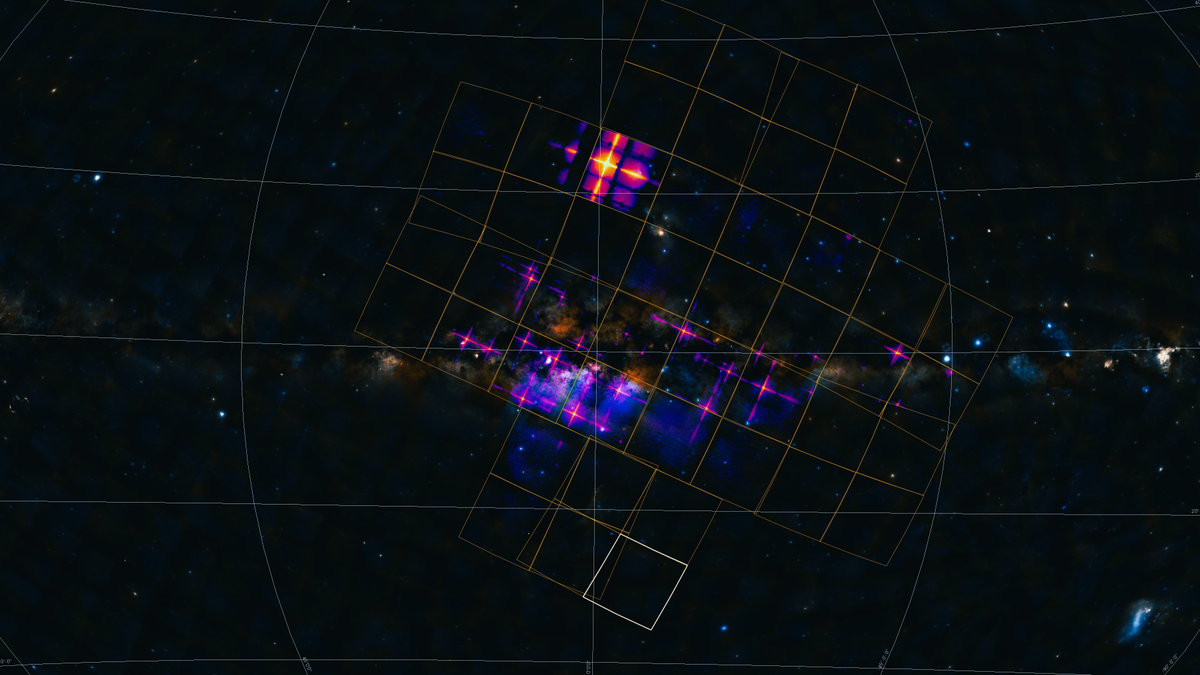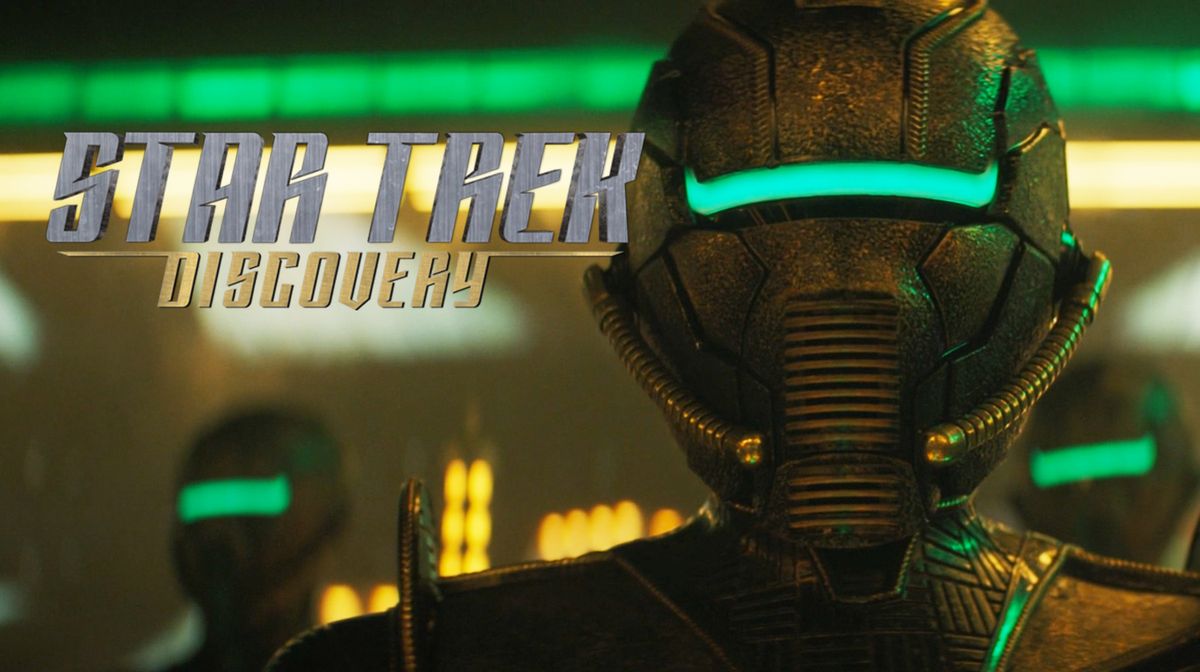The Astounding Capabilities of the Einstein Probe Telescope Mission
A revolutionary joint venture between China and Europe has given rise to the Einstein Probe, a groundbreaking X-ray telescope mission that has taken cosmic observation to a whole new level. Launched on Jan. 9 via a Chinese Long March rocket, the Einstein Probe is now undergoing thorough testing and calibration processes while soaring gracefully in orbit around Earth at an altitude of 600 kilometers (373 miles).
The Lobster-Inspired Telescope Design
Most captivating about the Einstein Probe is its unique telescope design, which draws inspiration from the intricate vision systems of lobsters. The challenge with capturing X-rays lies in their immensely high energy, rendering them nearly impossible to detect with conventional lenses. Lobsters, however, possess a visual mechanism that involves reflection rather than refraction, enabling them to perceive a panoramic 180-degree field of vision unlike anything seen in human eyes.
Scientists have ingeniously adapted this lobster-eye vision concept, originally conceptualized in the late 1970s, for use in space-based X-ray telescopes. The Einstein Probe’s Wide-field X-ray Telescope (WXT) boasts a design reminiscent of a lobster’s eye, complete with hundreds of thousands of tubes meticulously arranged in 12 modules. This innovative approach allows the WXT to capture a field of view spanning over 3,600 square degrees with a single snapshot, covering a significant portion of the celestial expanse.
Unveiling Hidden Celestial Phenomena
Equipped with the capability to detect X-ray transients – abrupt, erratic occurrences in the cosmos such as star flares and neutron star collisions – the Einstein Probe is set to revolutionize our understanding of the dynamic universe. Complementing the panoramic view of the WXT, the Follow-up X-ray Telescope (FXT) on board provides detailed, close-up observations of these transient events, offering deeper insights into their nature and origin.
During its testing phase, the Einstein Probe has already made significant discoveries, including the identification of various X-ray transient events. Notably, on Feb. 19, the WXT detected a long gamma-ray burst linked to the demise of a massive star, marking a pivotal moment in the mission’s early strides towards groundbreaking scientific revelations.
Promising Future Endeavors
Set to commence its comprehensive survey this June, the Einstein Probe’s three-year mission aims to uncover a plethora of celestial objects and phenomena that have long eluded traditional observation methods. Collaborating with esteemed institutions such as the Max Planck Institute for Extraterrestrial Physics in Germany and the National Centre for Space Studies in France, the mission represents a cross-continental effort in expanding the frontiers of astronomical exploration.
As we await the wealth of data and discoveries that the Einstein Probe is poised to unveil, the mission stands as a testament to human ingenuity and collaboration in unlocking the mysteries of the cosmos. With its innovative lobster-inspired telescope design and advanced X-ray detection capabilities, the Einstein Probe heralds a new era in space exploration and scientific achievement.
Image/Photo credit: source url





